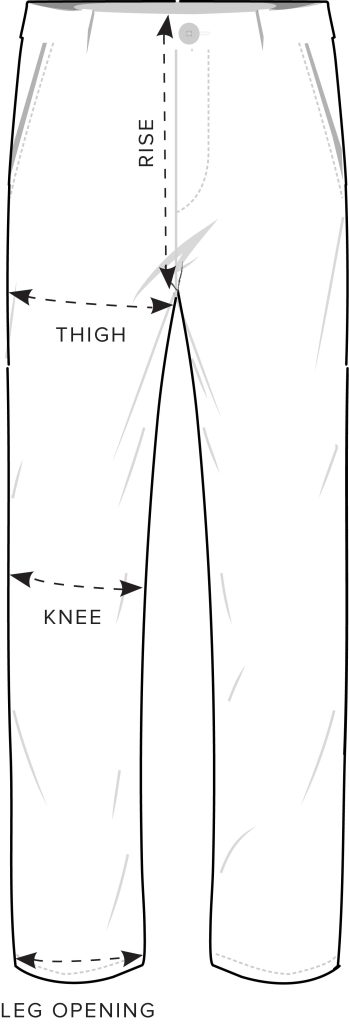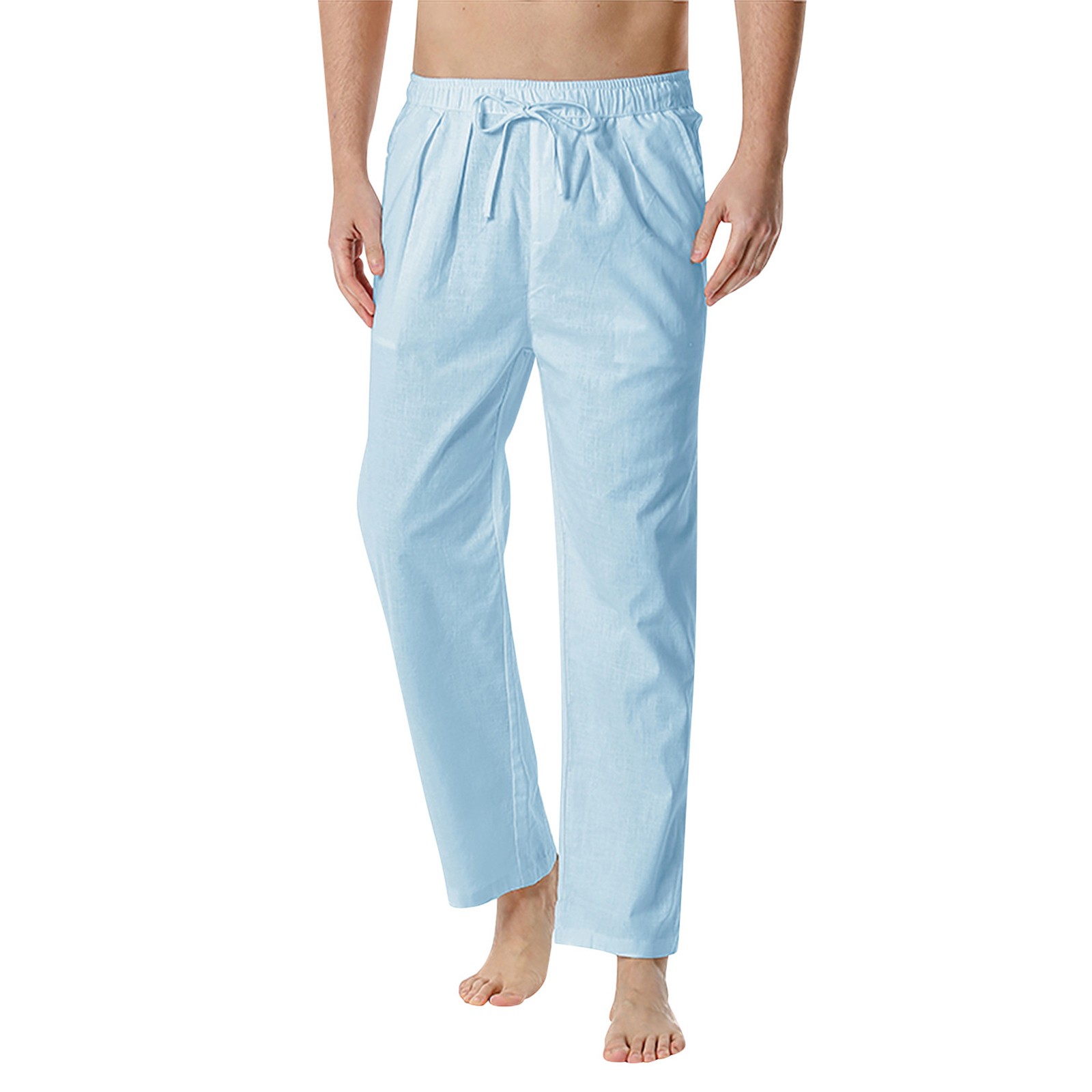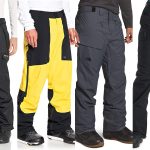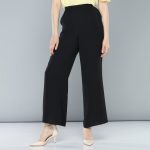Introduction
Men’s pant sizes – Shopping for pants can often feel like navigating a labyrinth of numbers, labels, and confusing terminology. The quest for the perfect fit is a common struggle among men, as ill-fitting pants can undermine even the most stylish of outfits. This comprehensive guide aims to simplify the process, helping you decode the complexities of men’s pant sizing and find that elusive Goldilocks pair – not too tight, not too loose, but just right.

1. The Basics of Men’s Pant Sizing
Men’s pants are typically sized using a combination of waist size and inseam length.
- Waist Size: Measured in inches or centimeters, this refers to the circumference of your natural waist, which is usually just above your hip bones. It’s crucial to measure yourself accurately, as wearing pants that are too tight or too loose around the waist can lead to discomfort or an unflattering silhouette.
- Inseam Length: This dimension is the distance from the crotch seam down to the bottom of the pant leg. Knowing your inseam ensures that your pants will hit at the right point on your ankle or shoe, avoiding bunching or dragging.
2. Understanding Sizing Variations
Not all brands follow the same sizing standards, so it’s essential to familiarize yourself with the nuances:
- Standard Sizing vs. Vanity Sizing: Some brands employ vanity sizing, meaning their sizes run larger than the standard to appeal to consumers’ preferences. Be prepared to try different sizes across brands until you find the one that fits best.
- Numeric vs. Alpha Sizing: While numeric sizing (e.g., 32×34) is common, some brands use alpha sizes (S, M, L, XL). These are less precise and require familiarity with each brand’s size chart.
3. Fit Types and Silhouettes
Understanding the various pant fits can guide you toward the most flattering style:
- Slim Fit: Offers a modern, streamlined look without being too tight. Ideal for those who prefer a closer fit without constriction.
- Regular Fit: A classic cut with a bit more room through the thigh and leg, providing comfort and versatility.
- Relaxed Fit: Provides ample space for movement and comfort, suitable for casual wear or those who prefer a looser fit.
- Straight Leg: Legs are cut straight from the knee to the hem, creating a balanced silhouette.
- Tapered Leg: Narrows gradually from the thigh to the ankle, offering a sleeker look while maintaining comfort.
4. Measuring Yourself Correctly
To ensure accuracy, follow these steps:
- Waist: Use a flexible measuring tape, exhale, and measure at your natural waistline, keeping the tape snug but not tight.
- Inseam: Measure from the crotch seam down to the desired length on your leg.
5. Trying Them On and Checking the Fit
When trying on pants, pay attention to:
- Comfort: Can you move freely? Are there any pressure points or tight spots?
- Length: The hem should ideally rest at the top of your shoes for most styles. Adjust based on personal preference or intended footwear.
- Seat and Thighs: Ensure there’s enough room without excess fabric bunching or constriction.
- Crotch: Adequate depth is important for mobility and comfort.
6. Tailoring for Perfection
Even the best-fitting off-the-rack pants might need minor adjustments. Don’t hesitate to have pants tailored for a truly personalized fit.

7. Common Pitfalls and How to Avoid Them
Navigating pant sizes isn’t always straightforward. Here are some common mistakes and how to sidestep them:
- Relying Solely on Your Waist Size: Just because you’ve always worn a certain waist size doesn’t mean every brand will fit the same. Always try on pants or refer to each brand’s sizing chart.
- Ignoring Inseam Variation: Different styles, such as low-rise or high-rise pants, can affect where the waistband sits, impacting the perceived inseam length. Make sure to adjust for this when selecting your size.
- Overlooking Fabric Stretch: Materials with stretch (like elastane blends) can accommodate a slightly smaller fit comfortably. Consider this when choosing your size to avoid pants that become too loose over time.
- Settling for a Poor Fit: Don’t compromise on fit, especially if you plan to wear the pants frequently. Ill-fitting pants can ruin an otherwise great outfit and affect your confidence.
8. Seasonal and Activity Considerations
Your pant size might vary depending on the season or activity:
- Winter vs. Summer: Layering thicker clothing in winter may require pants with a slightly looser fit or adjusting your waist size to accommodate.
- Active Wear: For sports or outdoor activities, look for pants with specific features like moisture-wicking fabrics and greater range of motion. These may fit differently than your regular dress pants.
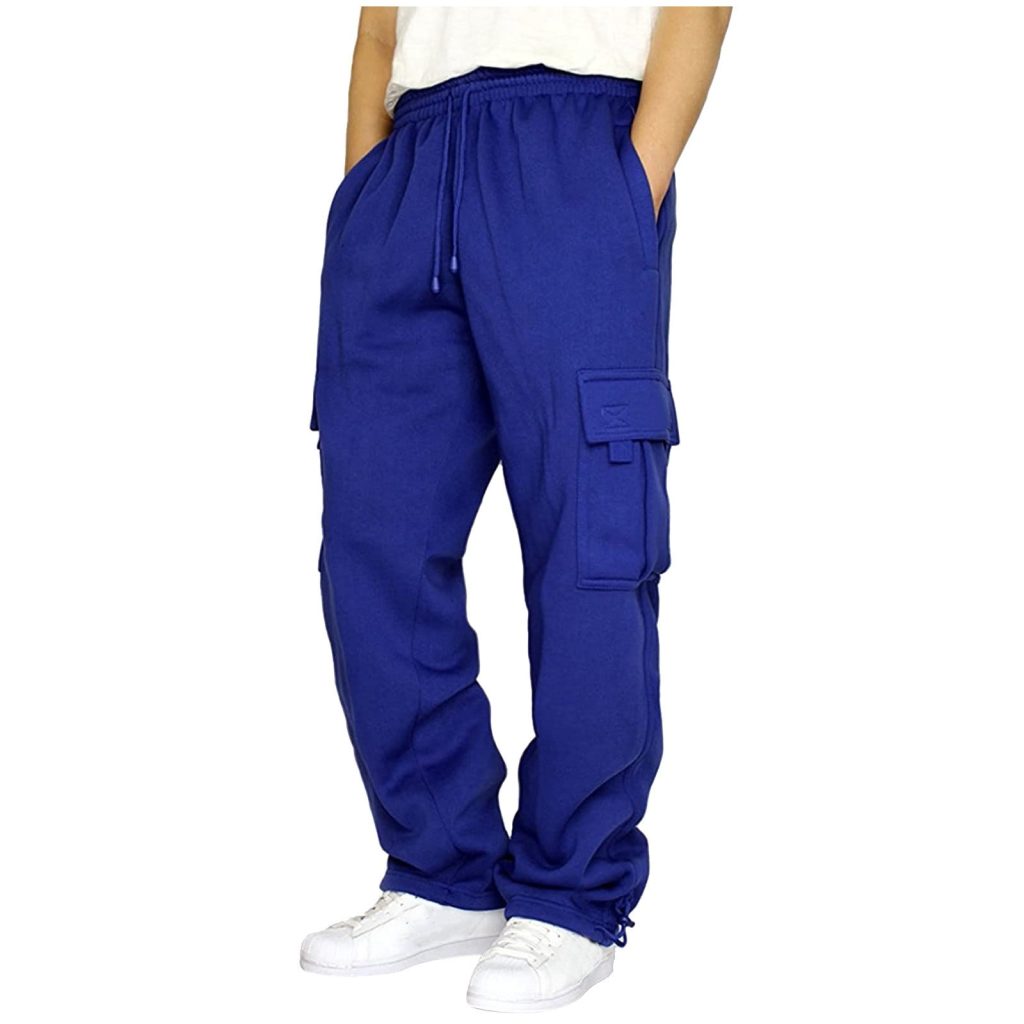
9. Embracing Technology and Online Shopping Tools
Many online retailers now offer advanced sizing tools to aid in finding the right fit:
- Virtual Fitting Rooms: Using your measurements, these tools simulate how different sizes and fits will look on you.
- Customer Reviews: Read reviews for insights on how a particular style runs—tight, true to size, or large.
- Size Guides and Chatbots: Utilize size charts and online chat support to get personalized advice before purchasing.
10. Building a Versatile Wardrobe
Once you’ve mastered your pant size, consider these tips for building a versatile wardrobe:
- Core Basics: Start with neutral colors and classic fits that can be dressed up or down.
- Mix of Styles: Include a variety of fits (slim, regular, relaxed) and silhouettes (straight, tapered) to suit different occasions.
- Seasonal Pieces: Invest in pants suitable for each season, considering both style and functionality.
By understanding the complexities of men’s pant sizes and applying these strategies, you’ll be equipped to curate a wardrobe that not only fits flawlessly but also reflects your personal style and lifestyle needs. Remember, the perfect fit is worth the effort, as it transforms your appearance and overall comfort. Happy shopping!
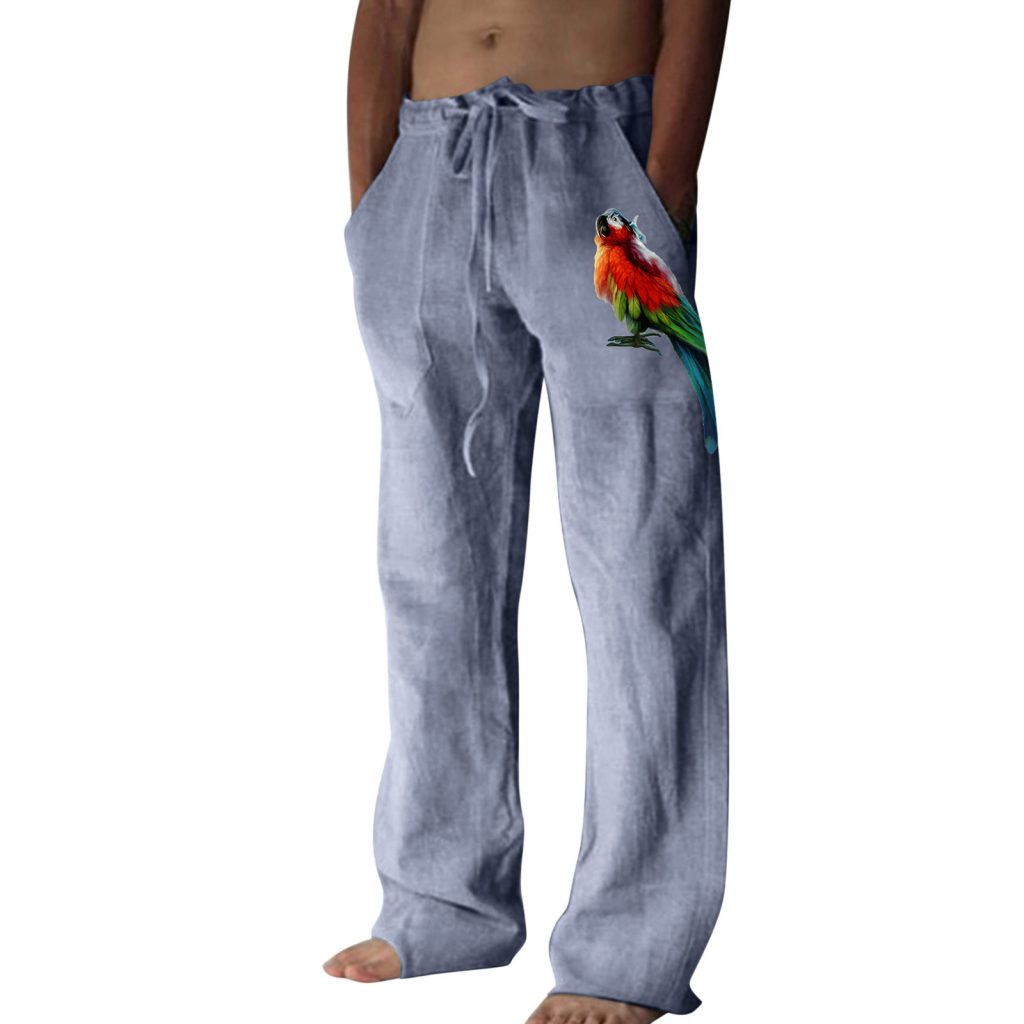
Conclusion
Finding the perfect fitting pants is a journey that combines self-awareness, patience, and a little bit of trial and error. By understanding the intricacies of men’s pant sizes, embracing the fit that complements your body type, and being open to alterations, you’re well on your way to building a wardrobe of pants that not only fit but also make you feel confident and comfortable. Remember, the right fit can elevate any outfit, turning everyday attire into a statement of style and sophistication.
